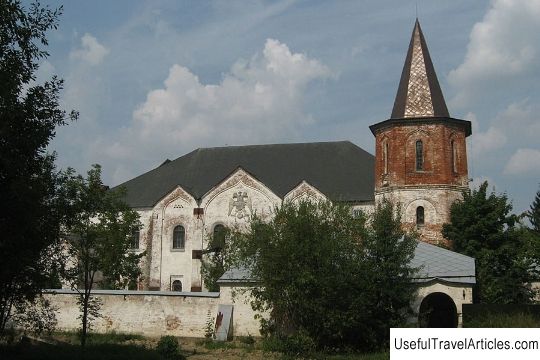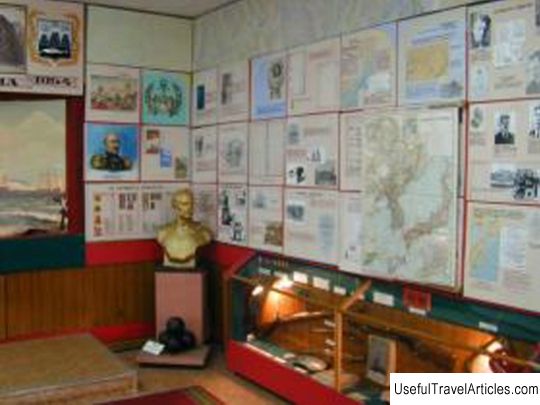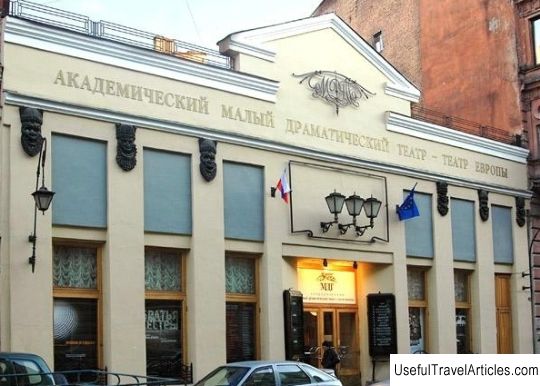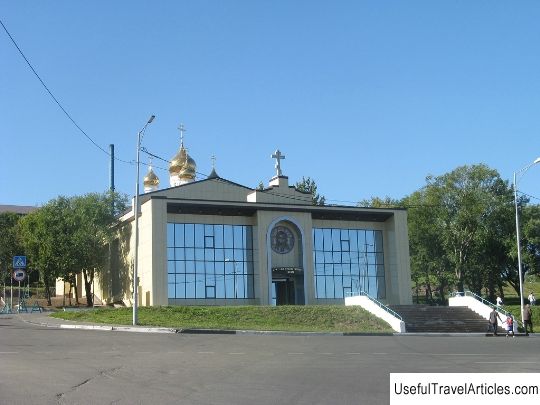Museum of Viktor Tsoi ”Kamchatka” description and photo - Russia - St. Petersburg: St. Petersburg
Rating: 8,1/10 (7655 votes) 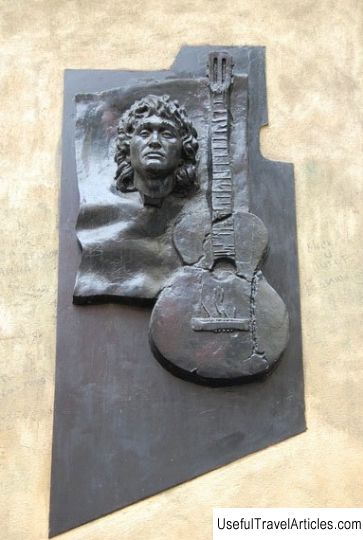
Viktor Tsoi Museum "Kamchatka" description and photo - Russia - St. Petersburg: St. Petersburg. Detailed information about the attraction. Description, photos and a map showing the nearest significant objects. Photo and descriptionKamchatka is a club-museum, which today is a truly cult place both for fans of the leader of the Kino group, Viktor Tsoi, and for fans of Russian rock in general. p> Initially, on the Petrograd side of St. Petersburg, in the basement of the 15th house on Blokhin Street, there was a boiler room, which became an informal club for rockers of the eighties, since it was here that the future "idols" of the Soviet, and, subsequently, Russian rock were officially employed - music (official employment was necessary due to the existence in the USSR of an article for parasitism and begging, which could be incriminated to any unemployed citizen of working age). According to the recollections of Sergei Firsov - art director of the club, the founder and organizer of the rock society "Kamchatka", it, as such, began in the summer of 1986, when he himself, Svyatoslav Zaderiy (founder of the group "Alisa") and, of course, Viktor Tsoi came to work there. Also, Alexander Bashlachev and Viktor Bondarik (the AuktsYon group) worked here, many of those who today are quite rightly called “legends of Russian rock” also came here: Yuri Shevchuk (DDT group), Boris Grebenshchikov (Aquarium group ), Sergey Kuryokhin (Pop-Mechanics group) and others. This is not surprising, since it is Leningrad that is not only the “cradle” of the revolution, but also the fateful musical direction in Russia, and “Kamchatka”, perhaps, remains its real focus even today. However, it is believed that the boiler house acquired the greatest fame with the arrival there of Viktor Tsoi, who worked here for two years until 1988. It was this boiler house, according to the testimony of people who then lived in the house on Blokhin, in August 1990 became the first "wall of wailing" of his fans. Finally, the boiler house ceased to perform its direct function in 1999, when the house was connected to a more powerful boiler room. For the next four years, the basement was in disrepair. The idea of converting it into a club and a museum belonged to Anatoly Sokolkov; it was brought to life by the artist and businessman Alexei Sergienko. In place of the removed three large boilers, a hall turned out, in the place of the former coal - a bar, where the pumps once stood - a stage. It was decided to leave the name the same - "Kamchatka". By the way, even those who stood at the “origins” of “Kamchatka” find it difficult to say where this name came from, so it is generally accepted that it is a folk name. The boiler remained intact, into the furnace of which Tsoi threw coal. If desired, the boiler can still be fired. A table and a sofa that stood here in Tsoi times have survived. The museum contains Tsoi's personal belongings, his photographs and letters, which were donated to the museum by his friends and family. The greatest value of the museum is a twelve-string guitar (manufactured by Lunacharsky's factory), bought by Viktor Tsoi in 1978. The guitar was donated to the museum by the musician's wife Maryana after his tragic death. The old film projector on which Tsoi played films has survived, as well as the Moscow typewriter on which his poems were printed. The bar has a thermos of a very original design with three lids instead of one. It was in it that the beer bought on Cosmonauts Street was poured in due time. The museum club continued its work until 2007, when it was threatened with closure, since the house where the former boiler house was located was subject to resettlement and subsequent demolition. According to the developer's plans, it was assumed that only a memorial plaque would remain of Kamchatka. But, thanks to the wide public outcry, organized by Sergei Firsov and led to the involvement of the former governor of St. Petersburg Matvienko in solving this problem, Kamchatka was defended. Now the club works in its usual mode - every day from 12 day and until the last client, concerts begin at 19 o'clock. The stage is provided to young representatives of the alternative underground, and, of course, to the "stokers".      Topic: Museum of Viktor Tsoi ”Kamchatka” description and photo - Russia - St. Petersburg: St. Petersburg. |
